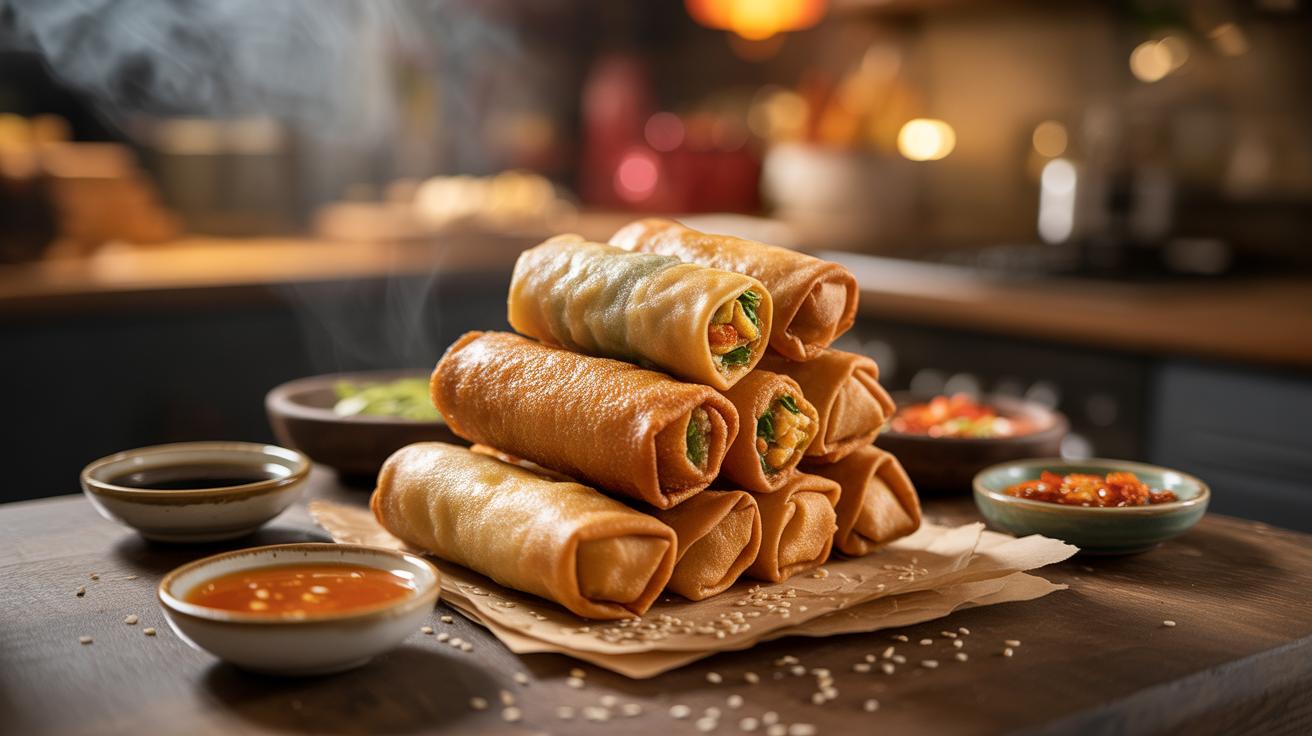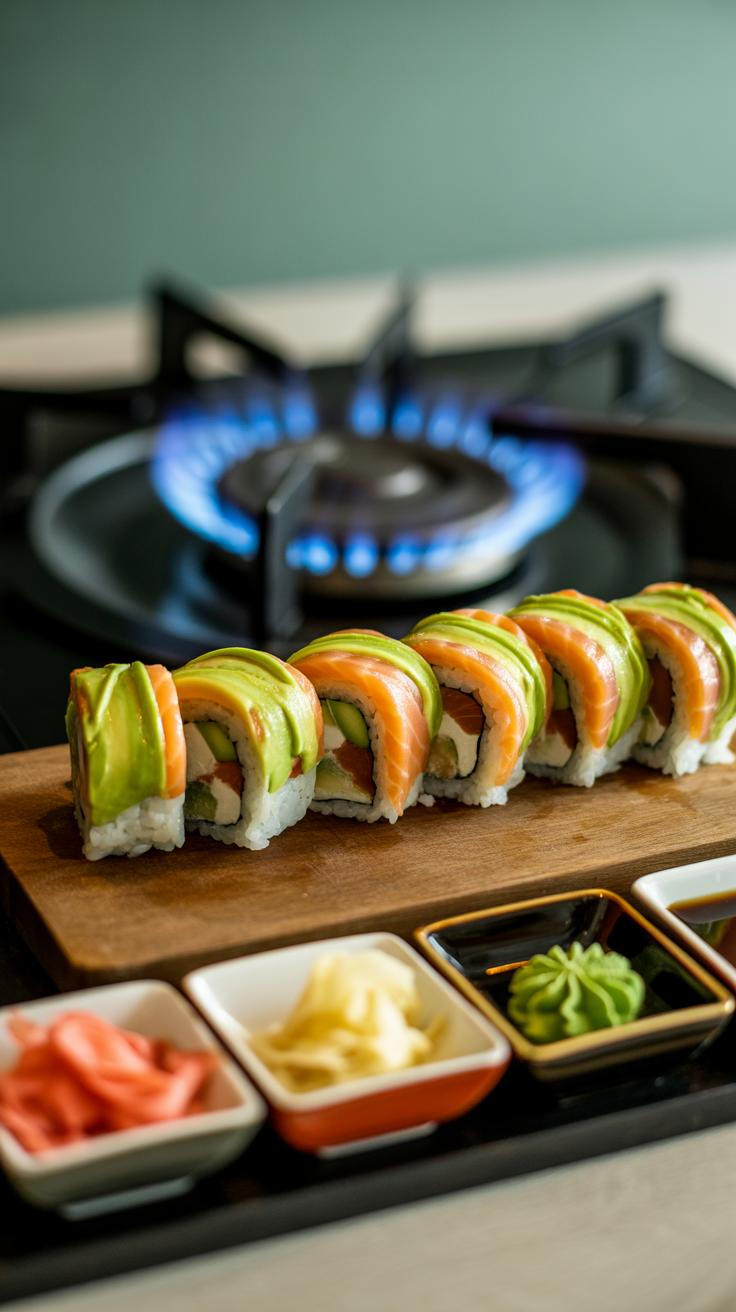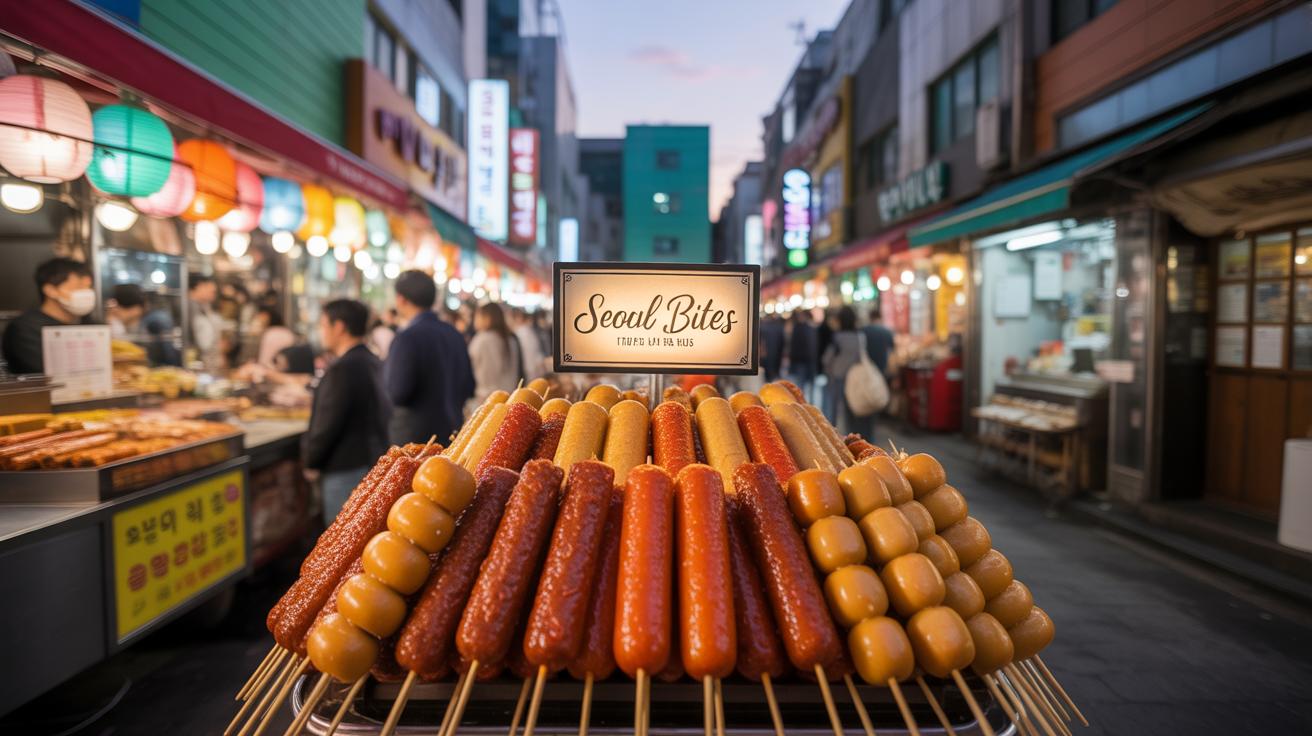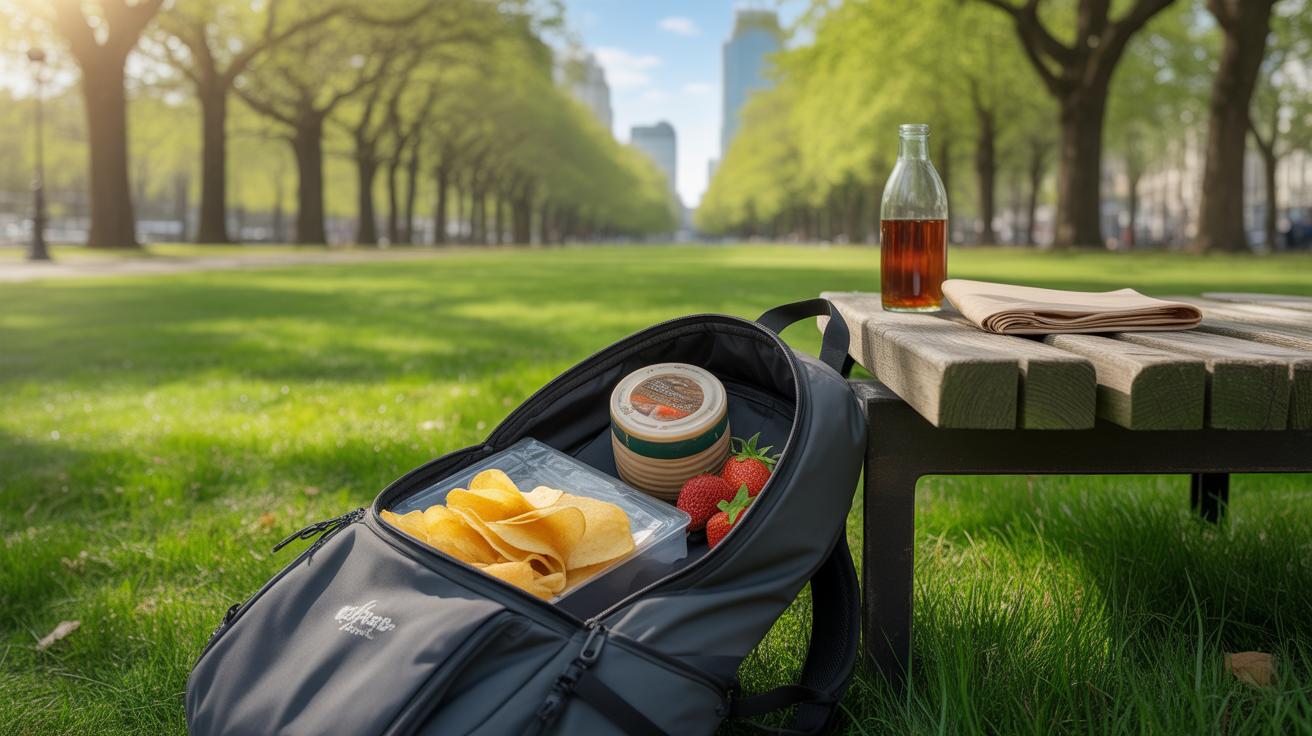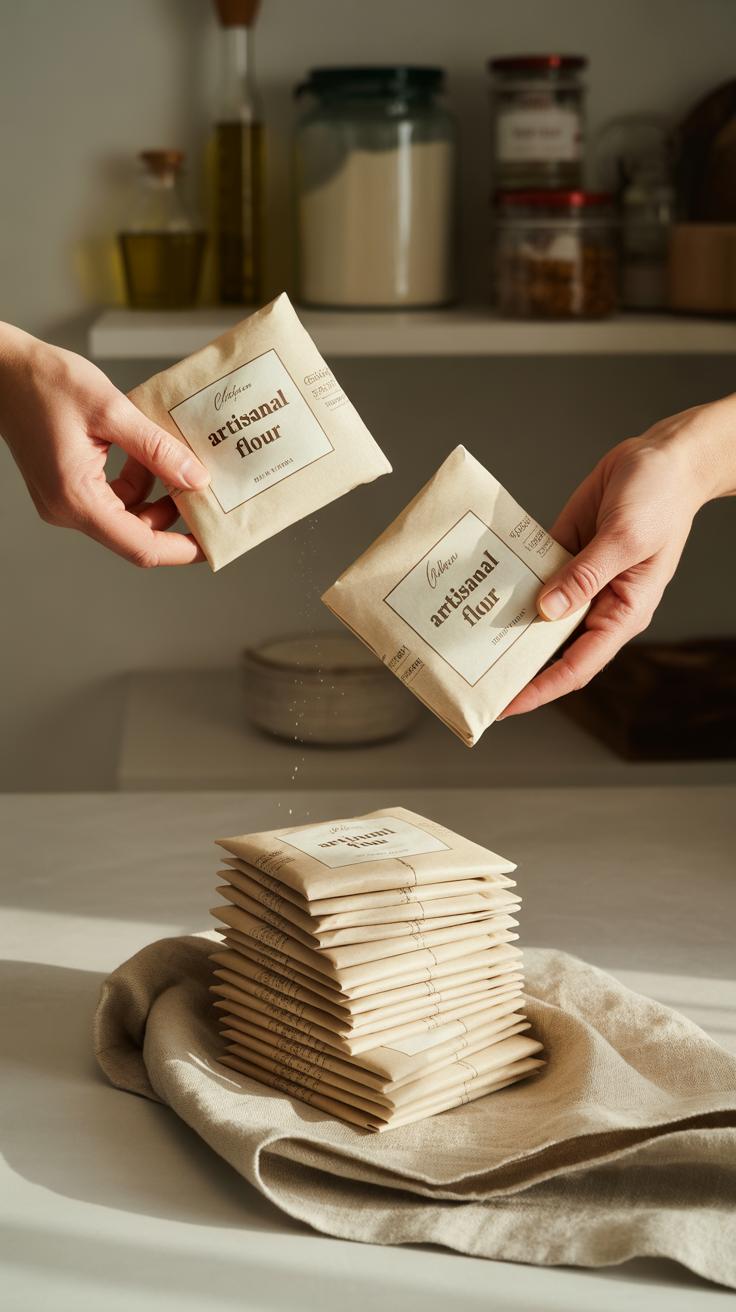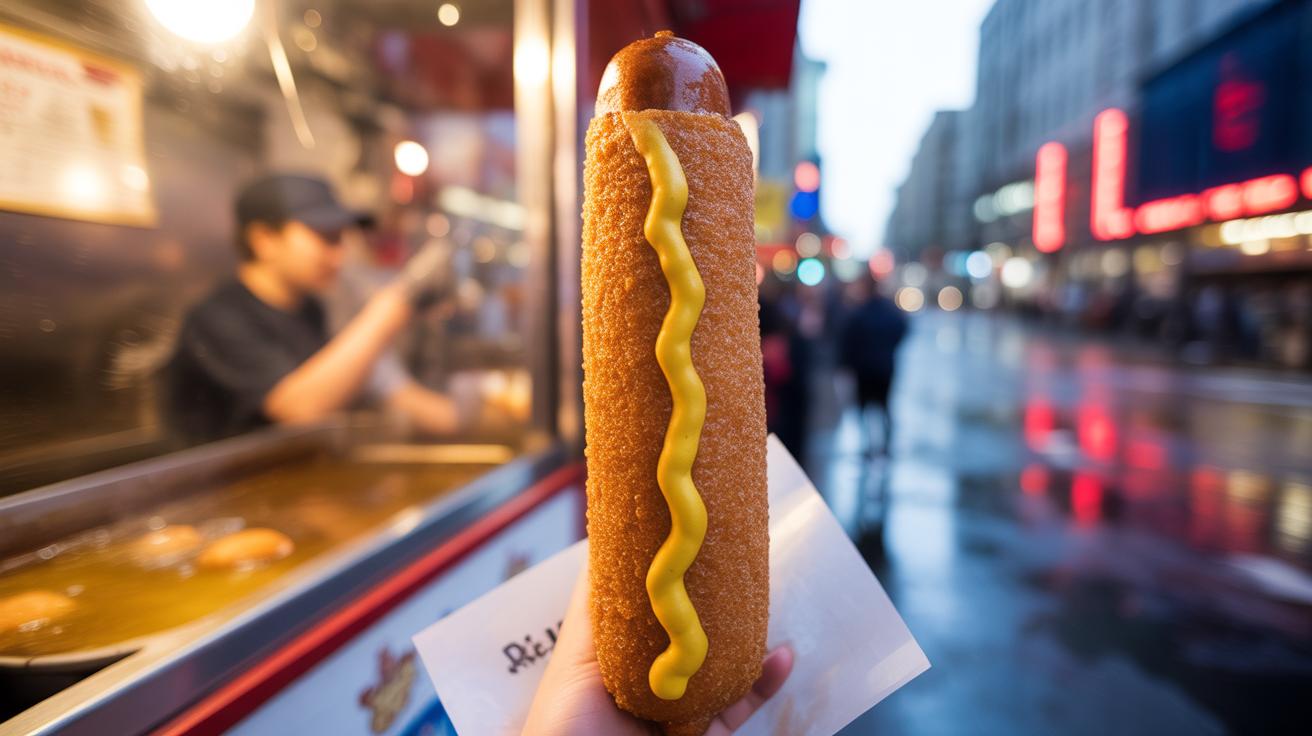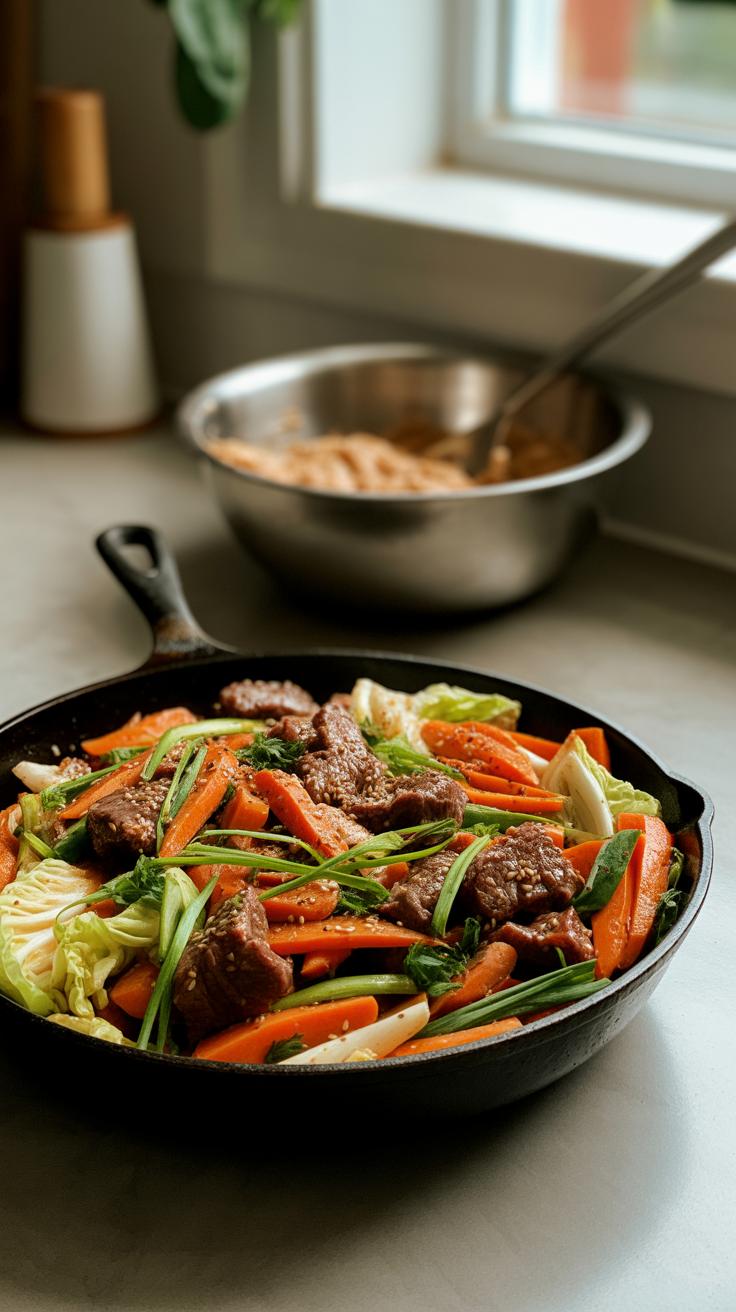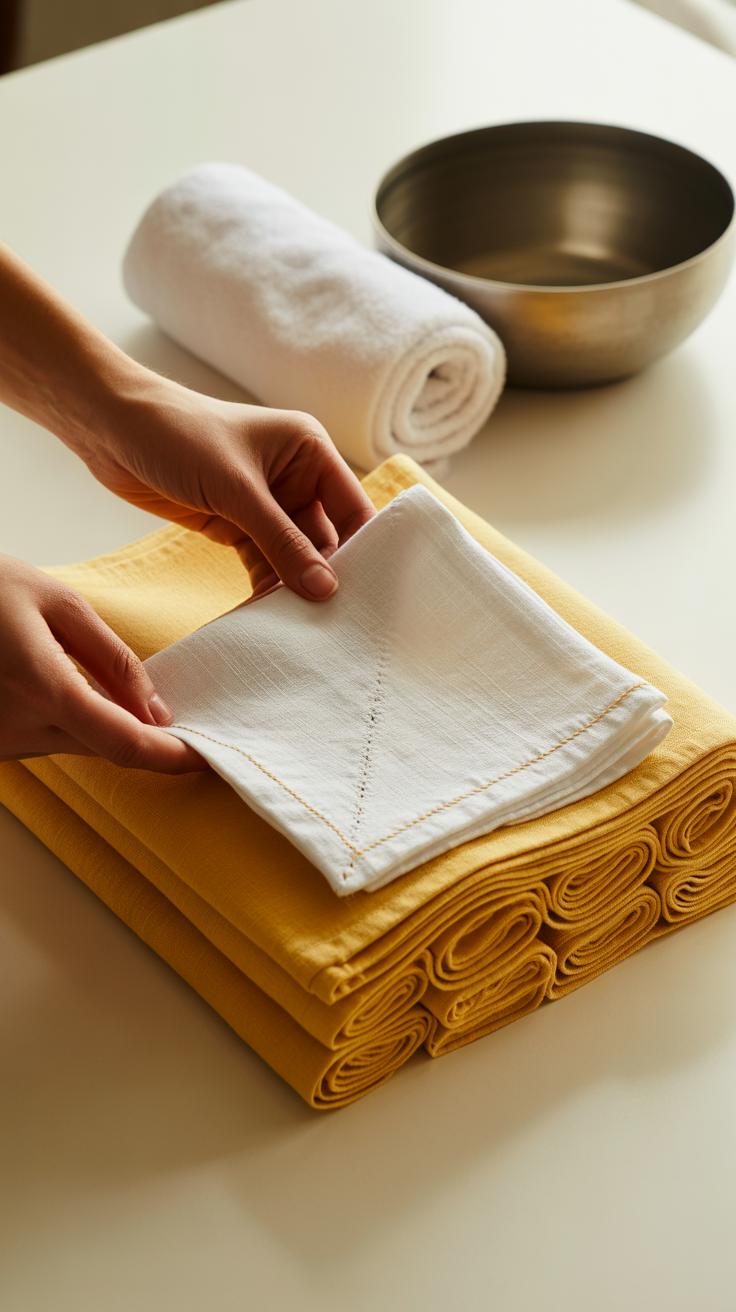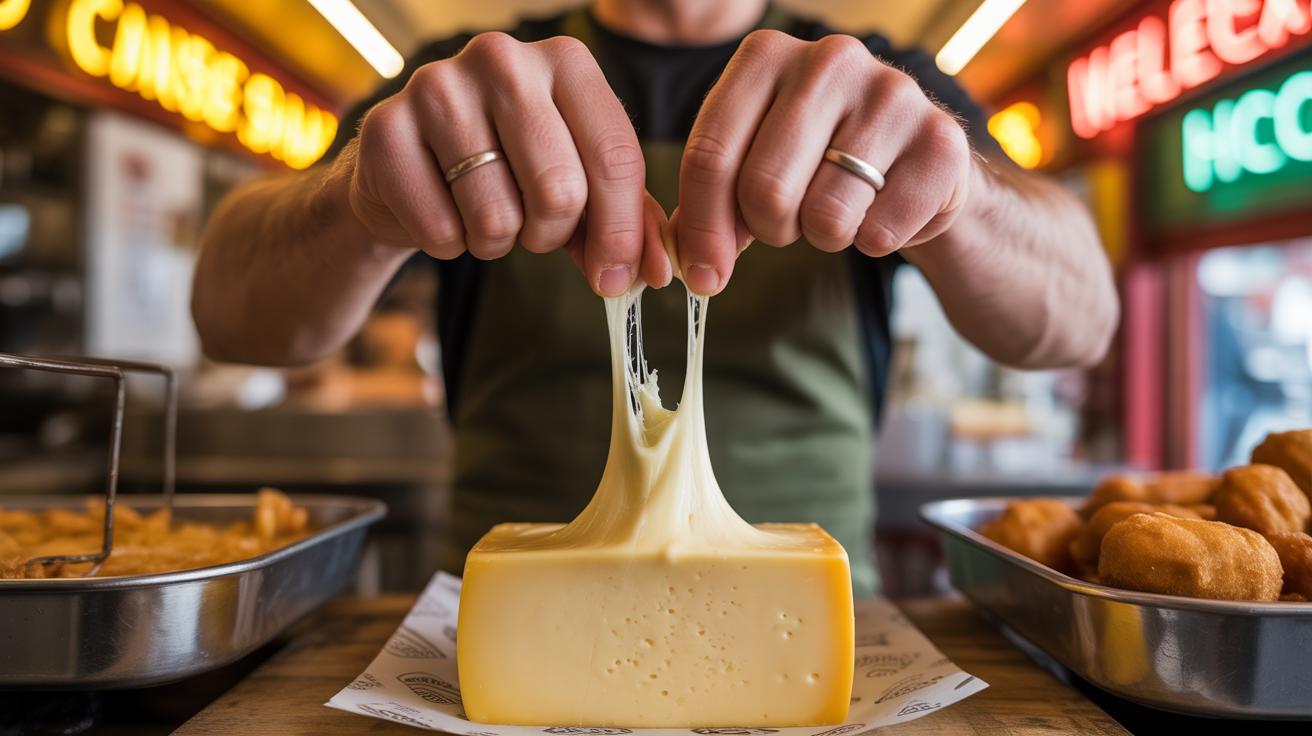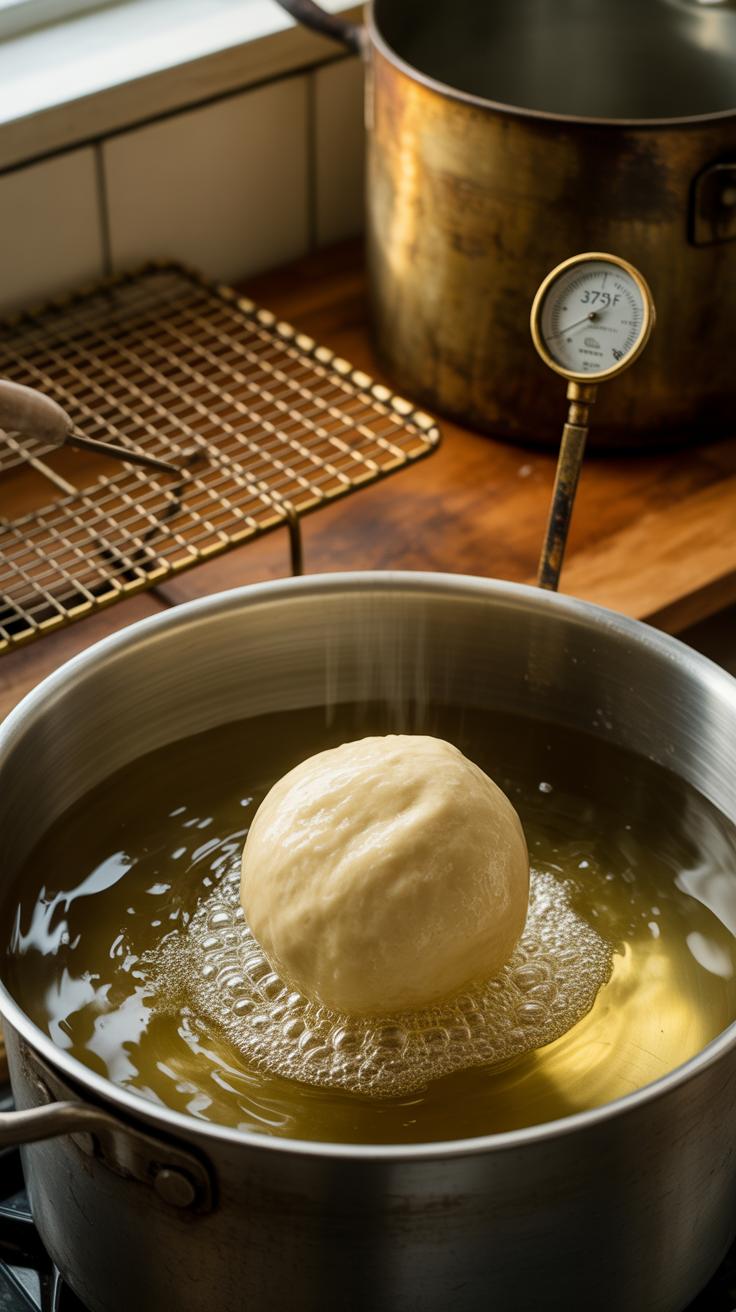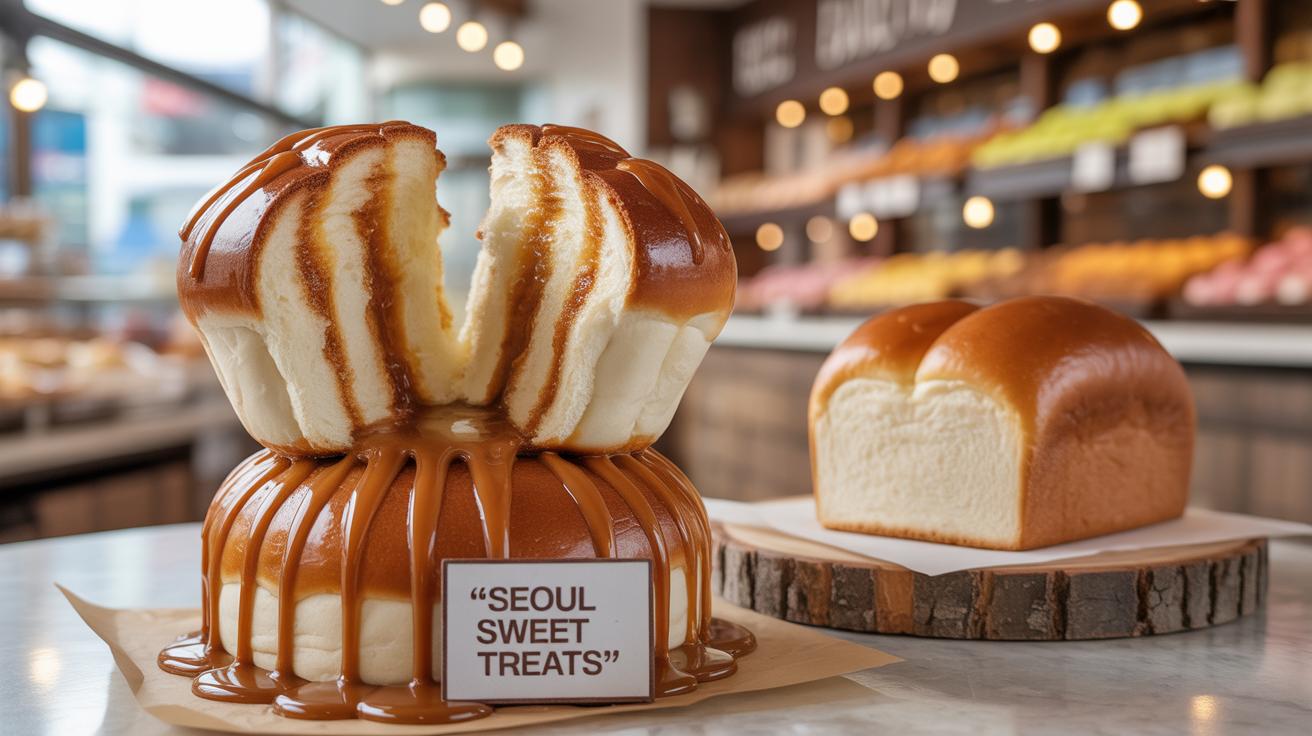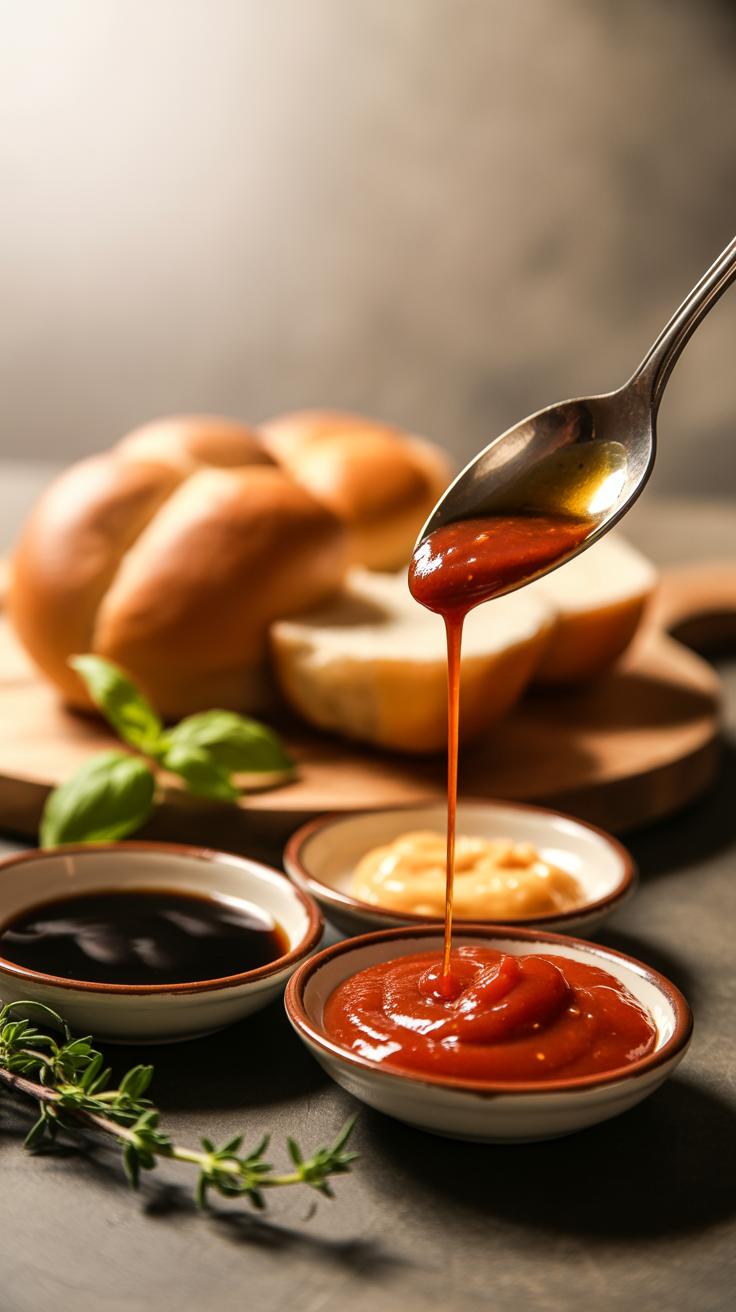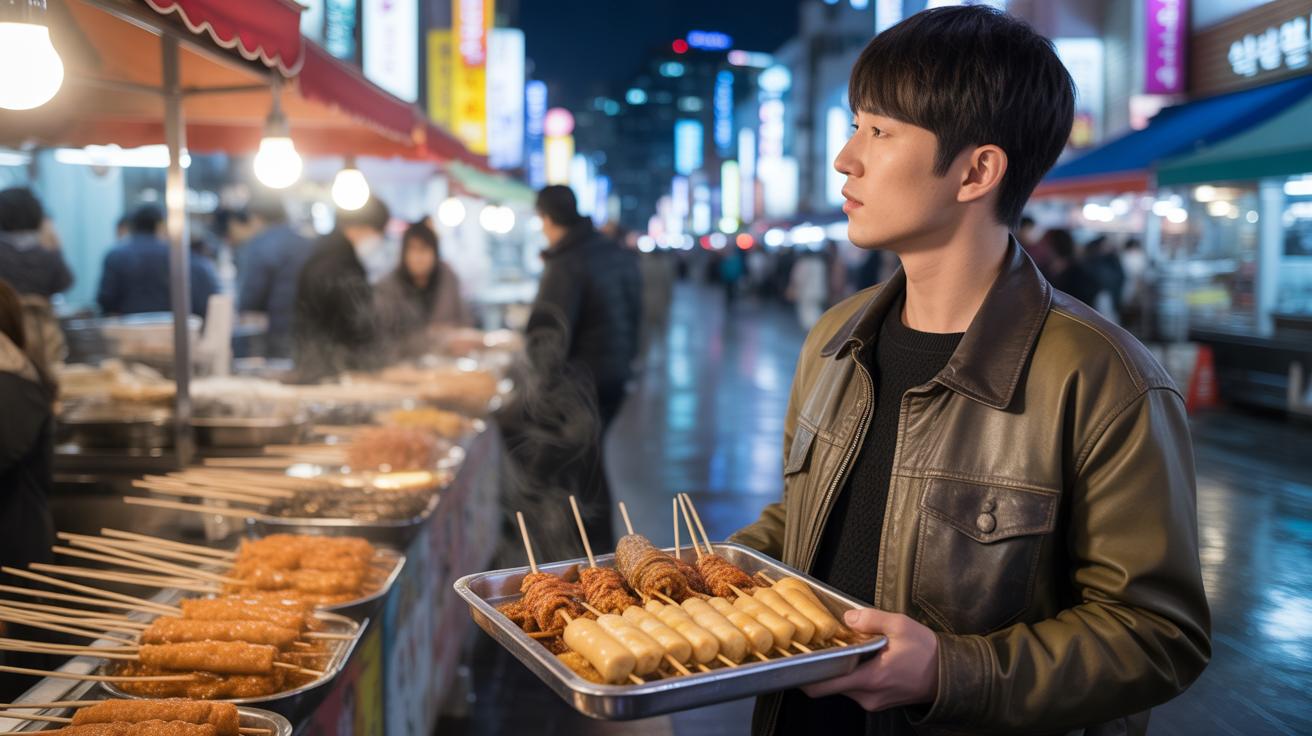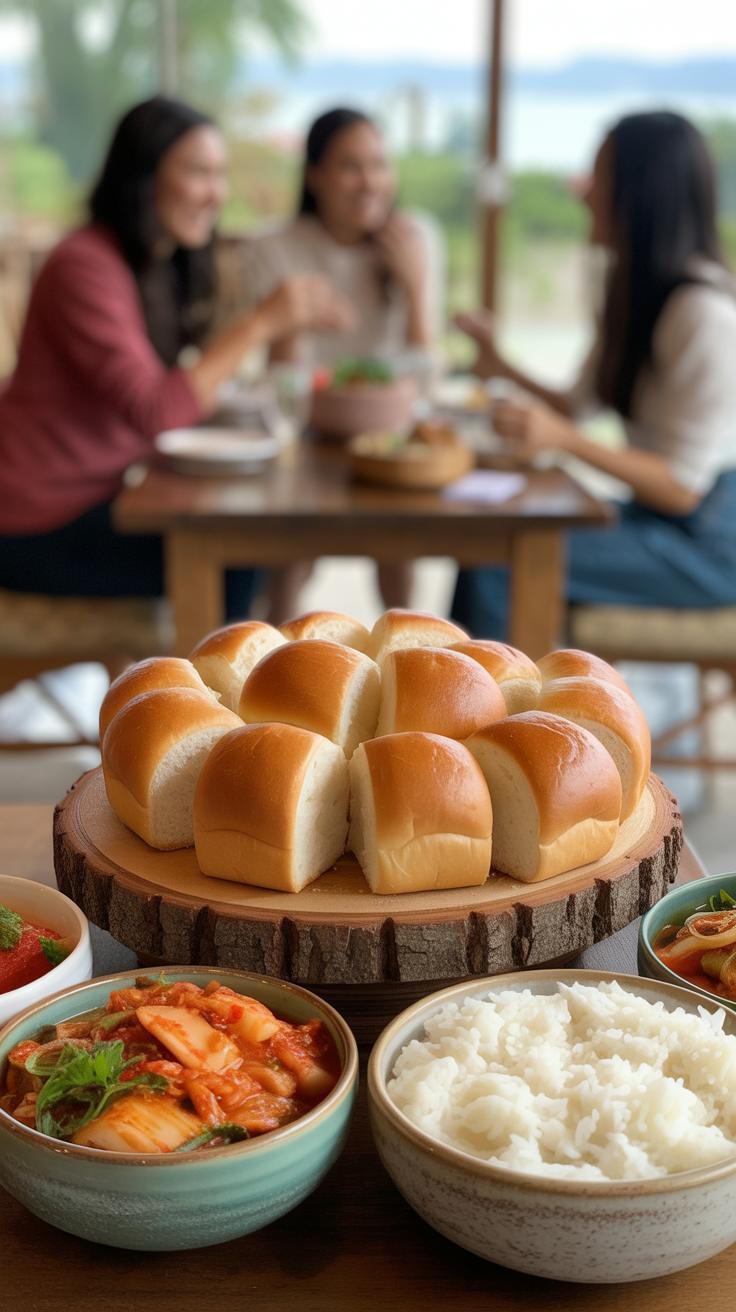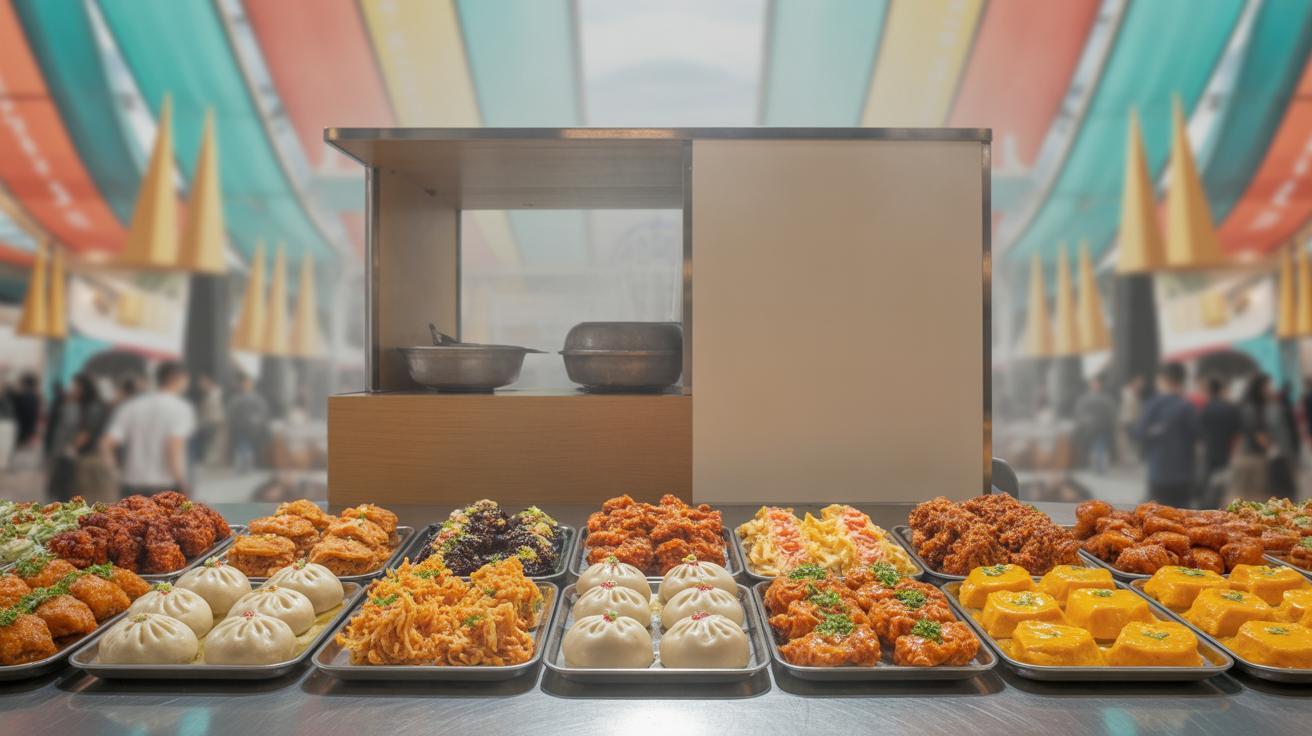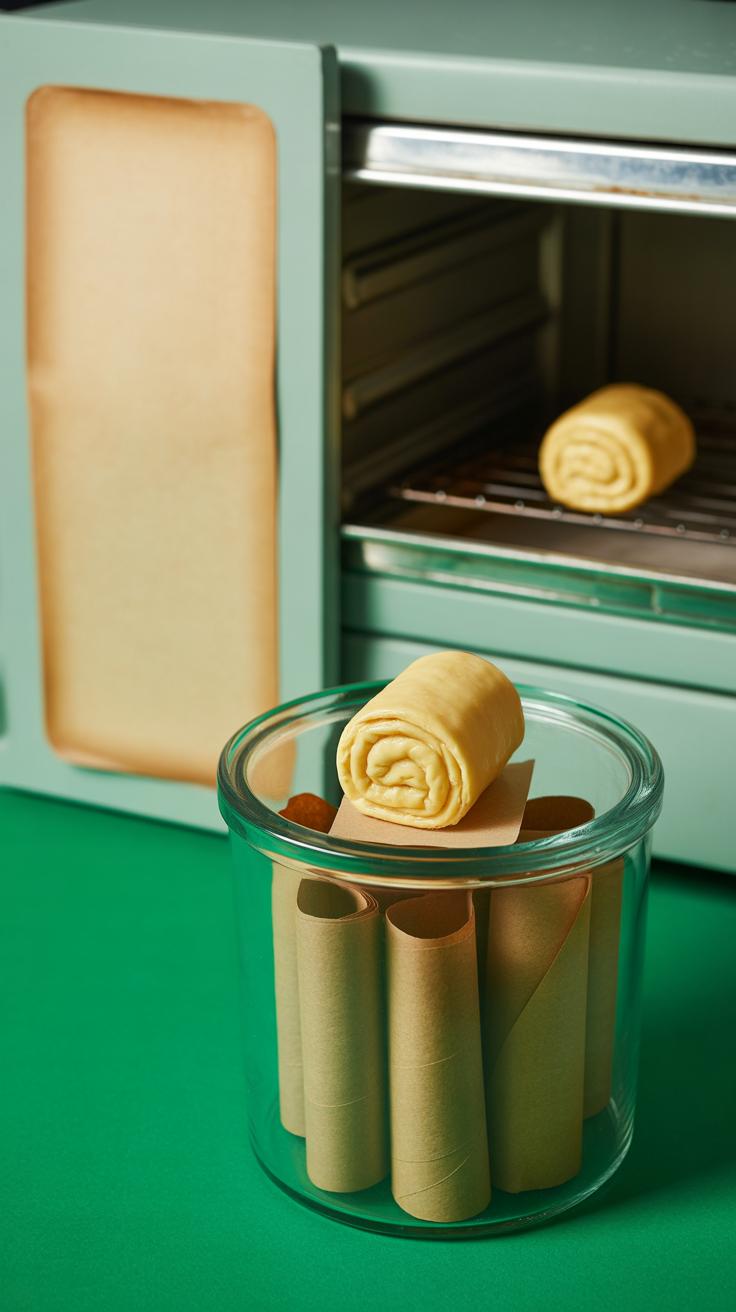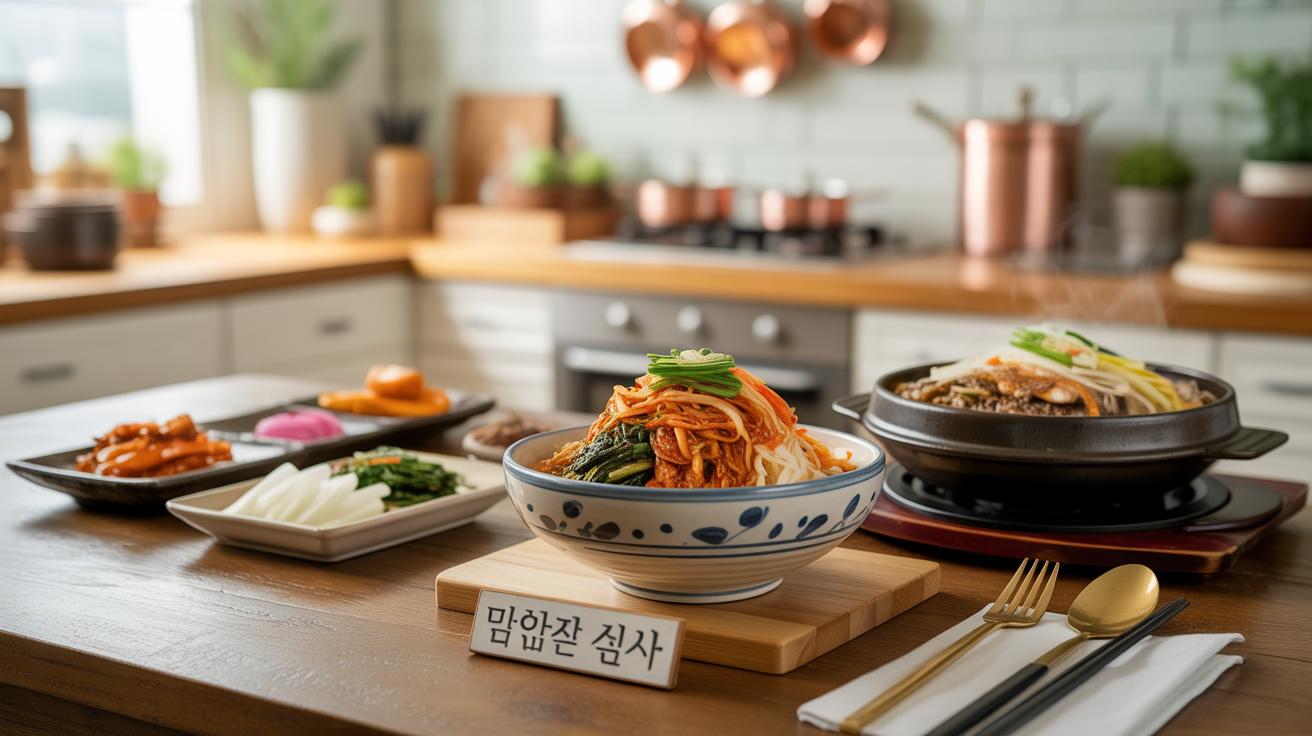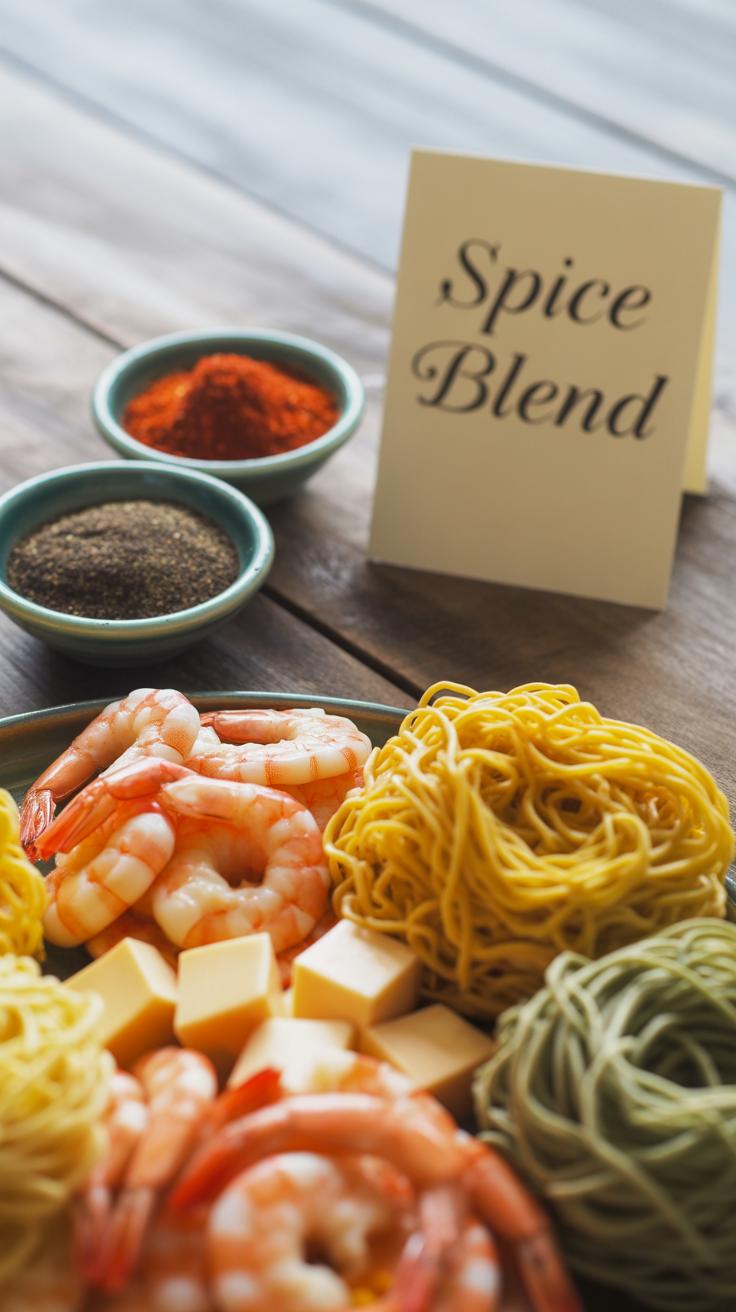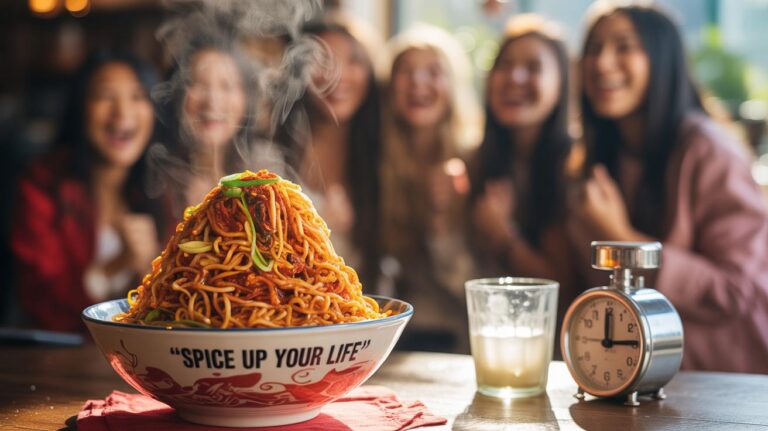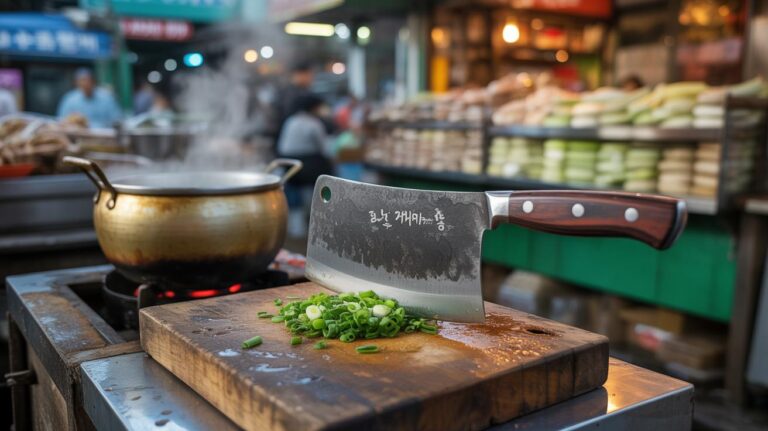Introduction
Egg rolls are enjoyed as a popular appetizer in many cultures, especially in American Chinese cuisine. These delicious rolls have a crispy outer skin with savory fillings that make every bite enjoyable. In this article, we take a closer look at the Korean style of making egg rolls. You will find simple steps to create this snack, which can be paired with easy-to-make dipping sauces perfect for your taste buds.
This article covers everything from the ingredients you need to the preparation methods, different variations, and tips for the best cooking results. Whether you are a beginner or want to improve your cooking skills, this guide will help you make crispy egg rolls at home with simple sauces that enhance the flavor.
Understanding Korean Style Egg Rolls
Korean style egg rolls stand out mostly because of their vibrant fillings and distinct seasoning. Unlike some Western egg rolls that often focus on deep-fried crispiness with mostly meat and cabbage, Korean rolls tend to balance textures and flavors differently. You’ll find that these egg rolls often emphasize a softer, almost mochi-like chew in the wrapper combined with a filling that’s both savory and slightly sweet.
The seasoning is another point where they diverge. Korean egg rolls lean into umami with hints of garlic, sesame oil, and sometimes gochujang, lending a subtle kick that’s missing in many other varieties. And while the wrappers are thinner in many cases, the rolls don’t sacrifice the crunchy bite you expect but create a contrast that’s familiar yet unusual.
Key Ingredients in Korean Egg Rolls
The heart of any Korean egg roll is in its filling, where vegetables dominate but done in a way that feels fresh and not overly heavy. Typical ingredients include:
- Sliced carrots
- Bean sprouts
- Spinach or napa cabbage
- Green onions
- Shredded mushrooms, often shiitake
- Small amounts of ground beef, pork, or sometimes seafood like shrimp
Seasonings often combine soy sauce and sesame oil with garlic, giving a gentle but distinct Korean flavor profile. Sometimes a pinch of sugar or Korean chili powder sneaks in to create a subtle balance of savory, sweet, and spicy. The focus usually is on letting the vegetables stay bright and crisp, which means the fillings aren’t soggy or greasy.
Traditional vs Modern Preparations
Traditional Korean egg rolls—known as gyeran-mari when rolled as an egg-based dish or as variations of chive and vegetable rolls—tend to be simple and rely heavily on seasonality and local produce. The classic approach often sticks to a handful of ingredients, cooked gently and rolled tightly in thin egg-based wrappers or delicate seaweed sheets.
Modern versions, on the other hand, can get pretty creative. Some use fusion flavors, like adding cheese or Western-style deli meats, or swapping traditional soy sauce for different dipping options. Technique-wise, deeper frying became more common outside Korea as tastes globalized, increasing crispiness but sometimes masking delicate flavors.
I’ve tried both versions, and honestly, there’s something comforting about the simple tradition, but sometimes the modern twists feel more lively and appealing, depending on the occasion. It seems the Korean egg roll is both respectful of its roots and flexible enough for experimentation.
Choosing the Right Wrappers for Egg Rolls
When it comes to making Korean-style egg rolls, the wrapper you pick really sets the stage. There are a few types you might come across, but the two main ones are egg roll wrappers and spring roll wrappers. Each brings something a bit different to the table.
Differences Between Egg Roll and Spring Roll Wrappers
Egg roll wrappers tend to be thicker and sturdier, made with wheat flour and sometimes a bit of egg. This thickness gives them a nice crunch when fried and helps hold up with wetter fillings. Spring roll wrappers, on the other hand, are usually thinner and more delicate. They’re often made from rice flour or a mix, resulting in a lighter, crispier finish—but they’re less forgiving if you overfill or if there’s too much moisture inside.
If you’re aiming for those classic crispy edges and a certain heft, egg roll wrappers fit the bill better. But if you prefer something crisp yet more tender, spring roll wrappers could work—though they may tear easier, which can be frustrating.
Where to Find Quality Wrappers
Finding good-quality wrappers isn’t always straightforward. Asian grocery stores are often the best place to look for fresh or refrigerated egg roll wrappers. You might find them also in the frozen section sometimes. Online shops are another option, but freshness can vary.
Once you have them, storing your wrappers properly makes a difference. Keep refrigerated if fresh, tightly wrapped so they don’t dry out. If frozen, thaw slowly in the fridge, and separate sheets with parchment paper to avoid sticking. I’ve learned the hard way that a cracked or dried-out wrapper can make all your careful rolling futile.
Would you risk using a wrapper that’s not quite right just to save a trip? Maybe once—but it usually pays off to hunt down the good stuff.
Preparing Fillings for Korean Egg Rolls
Popular Filling Ingredients
When it comes to filling Korean-style egg rolls, there’s a balance to strike between fresh veggies and protein. Cabbage often takes center stage—it adds a nice crunch without overwhelming the roll. Carrots bring subtle sweetness and color, while mushrooms lend an earthy depth that complements the other flavors. You’ll often see ground beef or pork, sometimes tofu, for a bit of heartiness. Onion and garlic appear too, quietly enhancing everything without calling attention to themselves. Sometimes people throw in bean sprouts or glass noodles, but they can be tricky—they get soggy fast. Choosing these ingredients depends on taste and texture, but they usually share one trait: they need to cook down just enough to avoid watery fillings.
How to Cook Fillings Correctly
Cooking the fillings is a careful act of restraint. Chop all your veggies finely—too big, and the roll won’t fold smoothly; too small, and you risk a mushy mess. Sauté cabbage, carrots, and mushrooms separately or together over medium-high heat, stirring often, but just long enough to soften them slightly. It’s tempting to cook them all the way through, but leaving a bit of firmness actually makes the rolls better. Meat should be cooked well but drained of excess fat; greasy filling is a trap. Salt sparingly during cooking because too much moisture escapes and makes the roll soggy. Toss in some sesame oil or a few drops of soy sauce near the end to lift flavors without adding liquid. It’s a balancing act: you want fillings full of taste but dry enough to keep the egg roll crisp—and that’s sometimes easier said than done.
Rolling Techniques for Perfect Egg Rolls
Step-by-Step Rolling Instructions
Start by laying the egg roll wrapper with one corner pointing toward you. Place a small handful of filling near the corner closest to you—don’t overload it, or things will get messy. Then, fold that corner over the filling tightly, like you’re tucking it in. Next, fold in the left and right corners toward the center, creating a neat envelope.
From there, keep rolling forward firmly, but don’t squeeze too hard—too much pressure can tear the wrapper. When you reach the last corner, dab a little water or beaten egg along the edge to help it seal. Press down gently to close it securely. That moisture is key to keeping everything together during frying.
Common Mistakes and How to Avoid Them
One easy slip-up is putting in too much filling. It’s tempting to stuff more because it looks delicious, but that’s the fastest way for the roll to burst. Also, not folding the side flaps inward invites leaks. Another point: rolling too loosely means air pockets that puff and tear in the oil.
Sometimes, the wrapper dries out if it waits too long before rolling, making it brittle and prone to cracking. Cover your wrappers with a damp cloth while working. And don’t forget sealing the edge properly—you might think it’s sealed, but a quick test by gently holding the roll and tugging the edge can tell you if it’s secure enough.
Rolling these Korean-style egg rolls isn’t about perfect symmetry but a balance of firmness and gentleness. After a few tries, you’ll find a rhythm that suits your hands. Patience here saves headaches during frying—and you’ll be glad later when your egg rolls hold together, crisp and filled just right.
Frying to Achieve Crispy Egg Rolls
Choosing the Right Oil and Temperature
Picking the oil for frying Korean-style egg rolls might seem straightforward, but it actually shapes your final texture. Oils with high smoke points like peanut, canola, or vegetable oil work best because they handle high heat without burning. Olive oil? Probably not the best choice here, since it smokes too quickly.
The ideal frying temperature hovers around 350°F to 375°F. If it’s too low, your egg rolls soak up too much oil, becoming greasy. Too hot, and the wrappers might brown on the outside while leaving the inside undercooked. Using a thermometer helps, but if you don’t have one, you can test by dropping a tiny bit of batter or bread into the oil — it should sizzle and rise slowly.
Frying Time and Tips
Most egg rolls need about 3 to 5 minutes in hot oil, but this depends on size and filling. Watch for a golden-brown color that looks evenly crisp on all sides. Flip them gently and consistently. Sometimes, rushing the flipping process leads to tearing or uneven cooking—you’ll notice immediately if you’re not careful.
Drain the fried egg rolls on paper towels or a wire rack to keep them from getting soggy. Don’t crowd the pan either; overcrowding drops the oil temperature quickly, making them greasy. If you’re frying multiple batches, let the oil heat back up before adding the next set.
Ever wonder how some egg rolls stay crisp for a while? It’s about balancing heat and frying time. Too long in oil, and the moisture inside escapes, leaving it dry; too short, and you get limp wrappers. Trust your eyes and maybe your fingers—egg rolls should feel firm yet light when done.
Easy Dipping Sauces for Egg Rolls
Dipping sauces bring egg rolls to life in a way that’s almost hard to put into words. For Korean-style egg rolls, something simple but flavorful works best. I’ve found that soy sauce-based dips are classic, but even a small twist can lift them beyond basic. For example, try mixing soy sauce with minced garlic, a splash of vinegar—rice vinegar works nicely—and a touch of sugar. The tang of vinegar cuts through the richness of the fried roll, balancing its crispy shell perfectly.
If you want, a little chopped green onion or a dash of sesame oil added to this mix can introduce subtle nuttiness and freshness. It’s minimal effort but makes a noticeable difference.
Sweet and Spicy Sauces
Sweet and spicy sauces bring more contrast, sometimes even surprise, to the table. You could make a quick sweet chili sauce by combining store-bought chili paste with honey and a squeeze of lime. The layers of sweetness, heat, and citrus make each bite of egg roll feel more exciting—though I sometimes wonder if too much heat masks the filling’s flavors.
Another easy option involves mixing gochujang (Korean chili paste) with a little sugar and water to thin it out. It’s rich and vibrant but not overwhelmingly spicy. You might find yourself wanting something milder or more intense depending on your taste, so feel free to adjust the ratios. The point is to add a kick that complements without overpowering the savory crunch.
Both sauces make egg rolls more than just a snack—almost a full experience, if you ask me. What kind of sauce do you usually prefer? Something simple or bold? This can shape how you enjoy the crispiness and flavors you already worked on.
Serving Suggestions and Meal Ideas
Serving as an Appetizer or Snack
Egg rolls are perfect finger food, making them a go-to choice for parties or casual get-togethers. Their crisp exterior and flavorful filling invite you to grab one—no utensils needed. You can set them out on a platter with a few dipping sauces to add variety. People tend to enjoy mixing flavors, maybe starting with a tangy soy-based sauce and switching to something sweeter or spicier as they go along.
They also work well on their own, which is great if you want something simple yet satisfying for a quick snack. I’ve noticed that when served this way, egg rolls disappear fast—almost like they have a built-in allure that makes people keep coming back for “just one more.” Throw in some crunchy pickled vegetables on the side, and you have a party hit that’s easy to prepare and universally liked.
Incorporating Egg Rolls into Meals
Egg rolls can be more than just appetizers; they fit nicely into a complete meal too. Pairing them with steamed rice helps create balance—a little plainness to offset the rich filling. You might want to add a simple salad with a light dressing, something with vinegar or citrus, to refresh your palate between bites.
Alternatively, think about serving egg rolls alongside a bowl of hot soup. A clear broth with subtle flavors can highlight the crunch and depth of the egg rolls without overwhelming your taste buds. Sometimes, I find myself combining egg rolls with a Korean cucumber salad or kimchi. The tang and spice from those sides contrast well with the savory egg rolls, lifting the whole meal.
Have you tried cutting egg rolls in half and serving them atop a bed of mixed greens? It turns a snack into a meal, with interesting textures and flavors in each forkful. This can be a simple way to stretch the dish for lunch or a light dinner. The possibilities are quite flexible, which makes Korean-style egg rolls fun to experiment with beyond just a quick bite.
Storage and Reheating Tips
Proper Storage Methods
Leftover egg rolls can get soggy fast if you’re not careful. To keep them crisp, the trick is to let them cool completely before storing. Warmth trapped inside a container creates moisture, which softens that crisp shell we all love.
Place the cooled egg rolls on a paper towel-lined plate or shallow container. The paper towel absorbs excess moisture, helping prevent sogginess. Then cover the container loosely with plastic wrap or use an airtight container, but avoid sealing them tightly while still hot.
If you’re storing for more than a day, pop them into the fridge. Keep them separate as much as possible to avoid steam buildup inside. Maybe use parchment paper between layers if stacking is necessary. Freezing is an option, but you’ll lose some crispiness unless reheated carefully.
Reheating Without Losing Texture
Reheating egg rolls can feel tricky. Microwave? It’s fast, but soggy often follows. The oven or air fryer is your real ally here.
In the oven, preheat to around 375°F (190°C). Place egg rolls on a wire rack or baking sheet to let air circulate and heat evenly. It usually takes 10 to 15 minutes—flip halfway for better crisping. Watch closely though; ovens vary, and you don’t want them drying out.
Air fryers are brilliant for restoring crunch quickly. Set the temperature to about 360°F (180°C) and cook for 3 to 5 minutes. Check often because small changes make a difference. From my experience, the outside gets perfectly crisp with tender filling inside.
Both methods keep that texture alive better than the microwave. Would you believe some even use a little oil spray to help crisp things back up? Might be worth trying if you’re aiming for near-fresh quality.
Customizing Your Korean Egg Rolls
Making Korean-style egg rolls gives you plenty of room to experiment with fillings and sauces. You don’t need to stick strictly to traditional ingredients—trying different combinations can lead to surprisingly tasty results. You might find that switching up proteins or veggies changes the whole character of the dish, sometimes in unexpected ways.
Think about adding ground beef or shredded chicken instead of the usual pork. Seafood like shrimp or crab can also work well, giving a lighter, fresher flavor. For vegetables, consider things like mushrooms, spinach, or even shredded zucchini. They add texture and color, and you might find a new favorite combo by just mixing and matching.
Then there’s the matter of dipping sauces. Soy-based sauces are classic, but peanut or sesame-based dips bring a whole different mood to the table. A simple peanut sauce with a hint of garlic and chili flakes can be surprisingly addictive. Or try a sesame dipping sauce with rice vinegar and a touch of honey for a subtly sweet and nutty kick. The key is not to be afraid to adjust—maybe a little more spice, or less sugar—and see how it fits your tastes. What fillings or sauces do you think you’d try first?
Conclusions
Making crispy Korean-style egg rolls is straightforward when you follow the right steps and use fresh ingredients. Using simple dipping sauces not only complements the rolls but also adds a touch of personal flavor that you can customize to your preference. You can enjoy these snacks as a quick meal or as an appetizer in any gathering. With practice, your egg rolls will become a favorite in your home.
Remember, the key to great egg rolls lies in the balance of flavors inside and the crispiness outside. Don’t hesitate to experiment with different fillings and sauces to find what works best for you. The crispy egg rolls Korean style with simple dipping sauces are a tasty treat that anyone can make and enjoy.

